-
Welcome to Tacoma World!
You are currently viewing as a guest! To get full-access, you need to register for a FREE account.
As a registered member, you’ll be able to:- Participate in all Tacoma discussion topics
- Communicate privately with other Tacoma owners from around the world
- Post your own photos in our Members Gallery
- Access all special features of the site
Quick Links: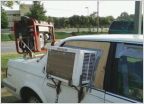 A/C - post your alternative cooling setups
A/C - post your alternative cooling setups 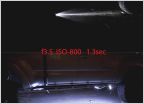 LED Pods vs LED Strips?
LED Pods vs LED Strips? 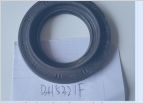 Need help identifying front transfer case! 08 4x4 2.7L 5-speed
Need help identifying front transfer case! 08 4x4 2.7L 5-speed 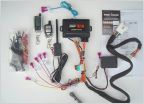 Has anybody installed their own remote start / security system? Looking at the Viper 5806v.
Has anybody installed their own remote start / security system? Looking at the Viper 5806v. 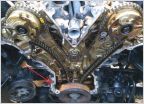 Time chain cover stud doesn't hold threads (socket stripped)
Time chain cover stud doesn't hold threads (socket stripped) 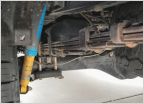 3 Leaf Progressive AAL or New Leaf Pack
3 Leaf Progressive AAL or New Leaf Pack
Who is running an electric fan?
Discussion in '2nd Gen. Tacomas (2005-2015)' started by rheath08, Dec 15, 2017.
Page 3 of 3
Page 3 of 3












































































